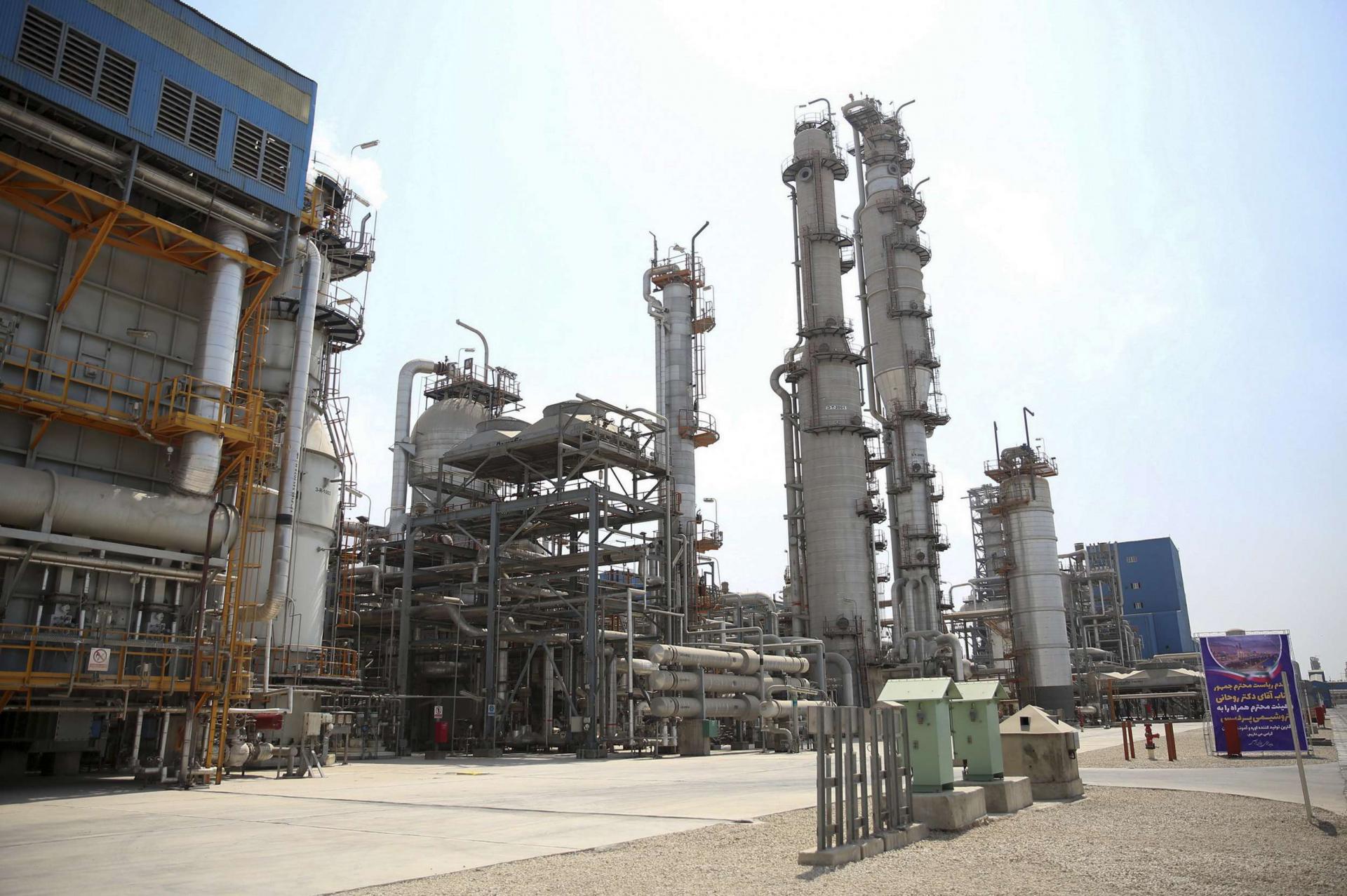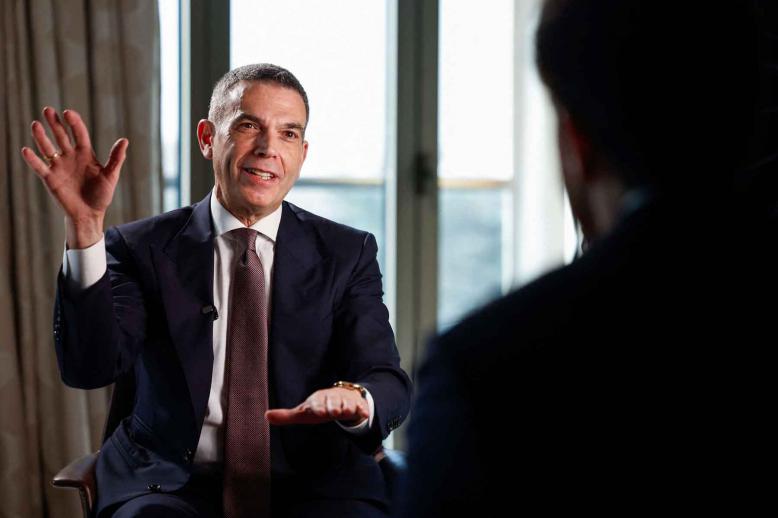US sanctions drying up Iran’s oil income, future prospects
DUBAI - US sanctions on Iran, which took effect in November, have severely reduced exports despite 6-month-long sanctions waivers allowing eight countries to import Iranian oil in reduced volumes.
Those waivers expire May 4 and there are doubts whether Washington will renew them — entirely, in part or even not at all — to force unprecedented economic pressure on Iran.
The effects of the sanctions have grown strong as Iran, the fourth-largest oil producer in OPEC, has seen exports dive from more than 2 million barrels per day (bpd) before US sanctions were instituted to around 1 million bpd lately.
Iran criticised Italy and Greece, which along with Turkey, China, India, Japan, South Korea and Taiwan were given US sanctions waivers, for not buying Iranian oil despite being able to.
The Iranian Oil Ministry said no European countries were importing its crude and data compiled by Thomson Reuters suggest Iran’s top Asian customers — China, India, Japan and South Korea — have collectively halved imports of Iranian oil in the past year to a total of 710,699 bpd.
A combination of confusion and extra caution concerning shipping, insurance and banking rules have kept some countries from resuming imports of Iranian oil while some of those that have resumed experienced hindrances in shipping and payment issues.
The US exemptions to eight major buyers of Iranian oil have done little for Iran to recover its oil export levels since sanctions were enforced.
With the May 4 deadline in sight, the US government is yet to clarify whether it will renew waivers to the eight countries. However, a stated US policy is to drive Iranian exports to zero as part of an intensifying US effort to pressure Iran on its regional role and strategy.
Analysts anticipate that Washington will decide closer to the time and base its decision on the price of oil at the time — note that US President Donald Trump has openly called for and been keen to maintain lower oil prices at a time of stuttering global economic growth.
However, as Brian Hook, the US special representative for Iran, pointed out in January at the Global Energy Forum in Abu Dhabi, when Trump withdrew from the Iranian nuclear agreement the price of Iranian oil was $74 a barrel. By the time sanctions had taken effect and Iranian oil exports had fallen by almost 1 million bpd, the price of Iranian oil was $72 a barrel.
A temporary respite for Iran has been some resumption of Asian oil purchases from China, India, Japan and South Korea, following a lull in which they needed to report on how much and under what conditions oil purchases from Iran were taking place.
However, Takashi Tsukioka, president of the Petroleum Association of Japan, stated that while Japanese refiners plan to resume loading of Iranian crude and leave open options beyond May, this will stop by May in the absence of clarity over the extension of US sanctions waivers.
Recent efforts by Iran to disable satellite tracking systems on its very large crude carriers to disguise shipments and restrict access to production and export figures have been unable to stem the tide.
Iran has also been coordinating with India to work out a sanctions-busting alternative payment method for oil trade but that would involve Iran buying basmati rice and sugar from India in exchange for oil, hardly a sustainable mechanism.
Iran’s major oil-producing Gulf rivals, in particular, Saudi Arabia and the United Arab Emirates, have been ensuring any deficits in oil availability are covered.
Saudi Crown Prince Mohammed bin Salman bin Abdulaziz’s recent high-profile tour of Asia was the latest reminder of the strategic moves by Riyadh and Abu Dhabi to position themselves in the rapidly growing Asian market with a series of significant joint ventures, supplier deals and share acquisitions in oil refining, storage and petrochemicals sectors.
Iran’s economy has been hit hard since November 2018. In February, in a speech marking the anniversary of the 1979 Iranian Revolution, Iranian President Hassan Rohani said Iran was facing its most difficult economic conditions.
The Iranian rial has dropped from 32,000 to the dollar at the time of the nuclear agreement to more than 133,000 and inflation in some key staple foods has risen as much as 250%.
Iran’s economic woes will worsen in the year ahead if it is unable to adopt Financial Action Task Force’s standards targeting anti-money laundering and terrorism financing, a move being driven strongly by the Americans.
Sabahat Khan is a senior analyst at the Institute for Near East and Gulf Military Analysis (INEGMA).
This article was originally published in The Arab Weekly.







